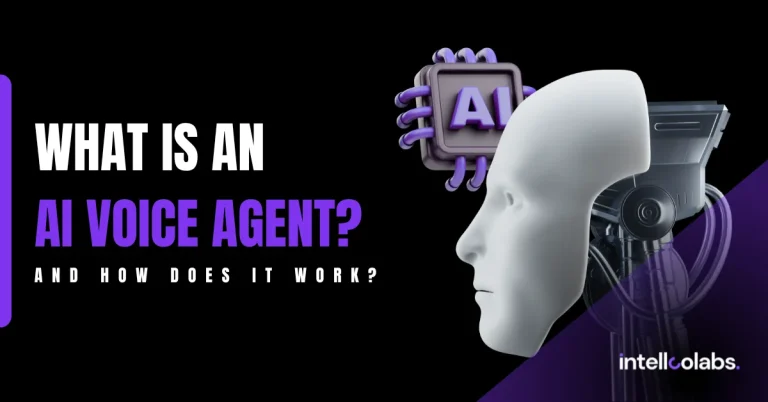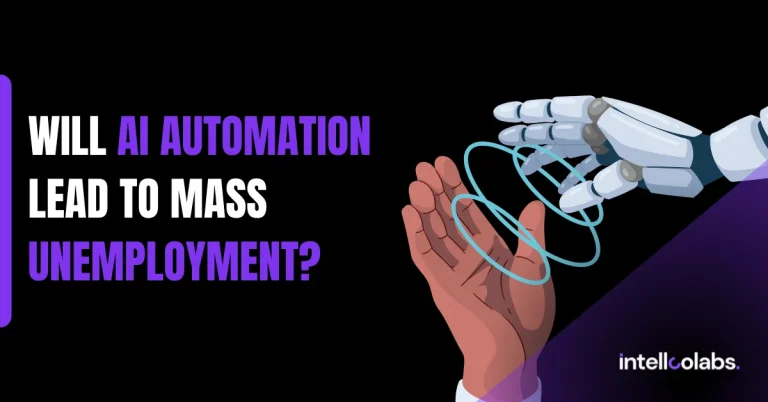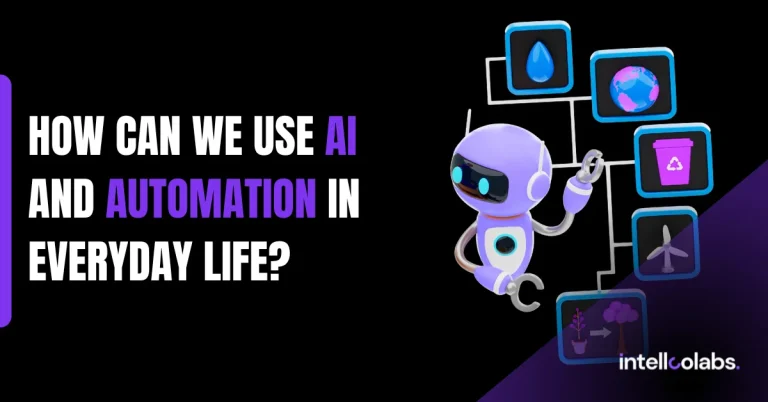
Influencer marketing has grown from a trendy social tactic to a mainstream performance channel. Ten years ago, brands collaborated with influencers through DMs and spreadsheets. Today, it’s a multi-billion-dollar engine that drives real business results. But just like every fast-growing system, influencer marketing is reaching a point where human effort alone can’t keep up.
AI automation is stepping in to bridge that gap. We’ve seen firsthand how machine intelligence is transforming the way brands discover creators, manage campaigns, analyze data, and scale what works. If you think influencer marketing is still about manually scrolling Instagram and cold-emailing creators, you’re already behind.
Let’s explore how AI automation is reshaping this space from the ground up.
What Is AI Automation in Influencer Marketing?
At its core, AI automation refers to the use of artificial intelligence to streamline, optimize, or fully execute parts of the influencer marketing workflow. This includes technologies like machine learning, natural language processing, predictive analytics, and computer vision. Together, they allow marketing teams to move faster, spend smarter, and operate at a scale that was impossible just a few years ago.
What used to take a team of ten people and two weeks to do manually, AI can now do in minutes. It’s not just about saving time. It’s about enabling a level of intelligence, personalization, and precision that humans alone can’t deliver.
So where exactly is AI making the biggest impact?
1. Influencer Discovery and Vetting
The first challenge in influencer marketing is finding the right creator. Not just someone with a large following, but someone whose audience actually fits your target persona, engages with trust, and converts.
AI tools today scan millions of influencer profiles in real time, evaluating not just follower count, but metrics like engagement rate, audience demographics, comment sentiment, content themes, and even visual style. Platforms like Modash, Upfluence, and CreatorIQ use machine learning models to rank creators by brand fit and performance potential.
More importantly, AI can now detect fake followers and bots with high accuracy. It can identify engagement pods and inauthentic behavior that might otherwise fool a manual review. This is essential for protecting your ROI.
Vetting is no longer guesswork. It’s data-driven and automated.
2. Outreach and Relationship Management
Once you’ve identified the right creators, the next step is outreach. Traditionally, this meant manually crafting emails or DMs, often copy-pasting and personalizing one by one.
AI changes the game here too.
Tools now exist that use natural language generation to create personalized outreach emails at scale. They reference past posts, previous brand collaborations, or trending content the influencer has engaged with. What used to feel cold and templated now feels warm and relevant.
For ongoing relationships, AI chat agents can handle follow-ups, reminders, and even negotiation based on your defined rules. This doesn’t replace human relationship-building, but it automates the administrative parts so your team can focus on what matters.
Think of it as a CRM built specifically for creators, supercharged with intelligence.
3. Content Strategy and Creative Collaboration
This is where AI starts to become a co-creator.
Based on historical performance data, AI tools can suggest content formats, ideal posting times, trending hashtags, and even caption ideas optimized for engagement. It can analyze what kind of storytelling style works best with a given influencer’s audience, and help shape the campaign direction accordingly.
We’re also seeing early use cases of AI-generated visual content that influencers can remix, personalize, or use as inspiration. This is especially helpful when speed and consistency are critical, like for a product launch or seasonal push.
Even more exciting is AI’s ability to predict performance before content goes live. It can simulate how a post might perform, and give insights on how to tweak it for better reach or conversions. That’s a creative compass most brands never had before.
4. Campaign Management and Workflow Automation
If you’ve ever run a multi-influencer campaign, you know how messy it can get. Dozens of emails. Missed deadlines. Conflicting briefs. Manually tracking deliverables and approvals across tools.
AI-powered workflow automation platforms now solve this by centralizing everything. You can set campaign goals, assign creators, auto-generate briefs, track live content, and get notified when deliverables are completed or missed. Some platforms even use AI to flag inconsistencies in creator content, like missing hashtags or off-brand messaging.
This turns chaotic operations into a well-oiled system. It also enables smaller teams to run bigger campaigns without adding headcount.
For agencies and in-house teams alike, this is a massive unlock.
5. Real-Time Performance Tracking and Optimization
Most brands still look at influencer performance at the end of a campaign. That’s too late. AI flips this around.
With real-time tracking and predictive analytics, AI can now show you:
- Which creators are over- or underperforming
- Which posts are driving the most conversions or clicks
- What content formats are resonating by audience segment
- What days or times deliver the highest ROI
It can even suggest real-time adjustments to campaign pacing, messaging, or platform mix to improve results as the campaign runs.
This isn’t just analytics. It’s performance orchestration. Your influencer campaign becomes a living system that learns and adapts while it’s still in motion.
The Benefits of AI in Influencer Marketing
Let’s summarize what AI automation brings to the table:
- First, it saves time. What used to take days or weeks can now be done in minutes. Your team spends less time on grunt work and more on strategy.
- Second, it improves targeting. AI doesn’t guess. It matches brands with influencers based on real data and predictive outcomes.
- Third, it scales personalization. You can reach out to 500 creators and make it feel like one-on-one communication without actually writing 500 messages.
- Fourth, it enhances decision-making. You get clear, actionable insights instead of static reports. You’re not reacting after the fact. You’re optimizing in real time.
- And finally, it levels the playing field. Small teams can now run influencer campaigns that rival what only big agencies could pull off a few years ago.
Challenges and Cautions
Of course, automation isn’t magic. There are challenges.
Over-automation can lead to bland, robotic communication. AI-generated messages must still sound human, or they’ll hurt your brand more than help it.
There’s also the issue of algorithmic bias. If your AI is trained on skewed data, it might prioritize the wrong kind of influencers, audiences, or content styles. You need human oversight to keep the system aligned with your brand values.
Another concern is privacy and ethical data usage. Just because AI can scrape and analyze a creator’s profile doesn’t mean it should do so without transparency and consent. Respecting creator boundaries is key to long-term success.
Lastly, influencer marketing is still a relationship-driven game. AI can augment those relationships, but it can’t replace trust built over time. Use automation to empower your people, not to sideline them.
The Future of Influencer Marketing with AI
Looking ahead, we’ll likely see the rise of fully AI-generated influencers, voice-based collaborations, and automated campaign contracts powered by blockchain. But even before that happens, the fundamental shift is clear.
Influencer marketing is becoming less of a guessing game and more of a data-driven system. The brands that succeed will be the ones who blend automation with authenticity, scale with precision, and keep the human element at the core.
At our agency, we believe the future is not AI vs humans. It’s humans who know how to use AI vs those who don’t.
If you’re still managing influencer campaigns the old-fashioned way, now is the time to evolve. Start small. Automate one part of your workflow. Then layer in more intelligence as your system matures.
Because in the new era of marketing, efficiency, personalization, and speed are not optional. They’re the baseline. And AI is how you get there.






